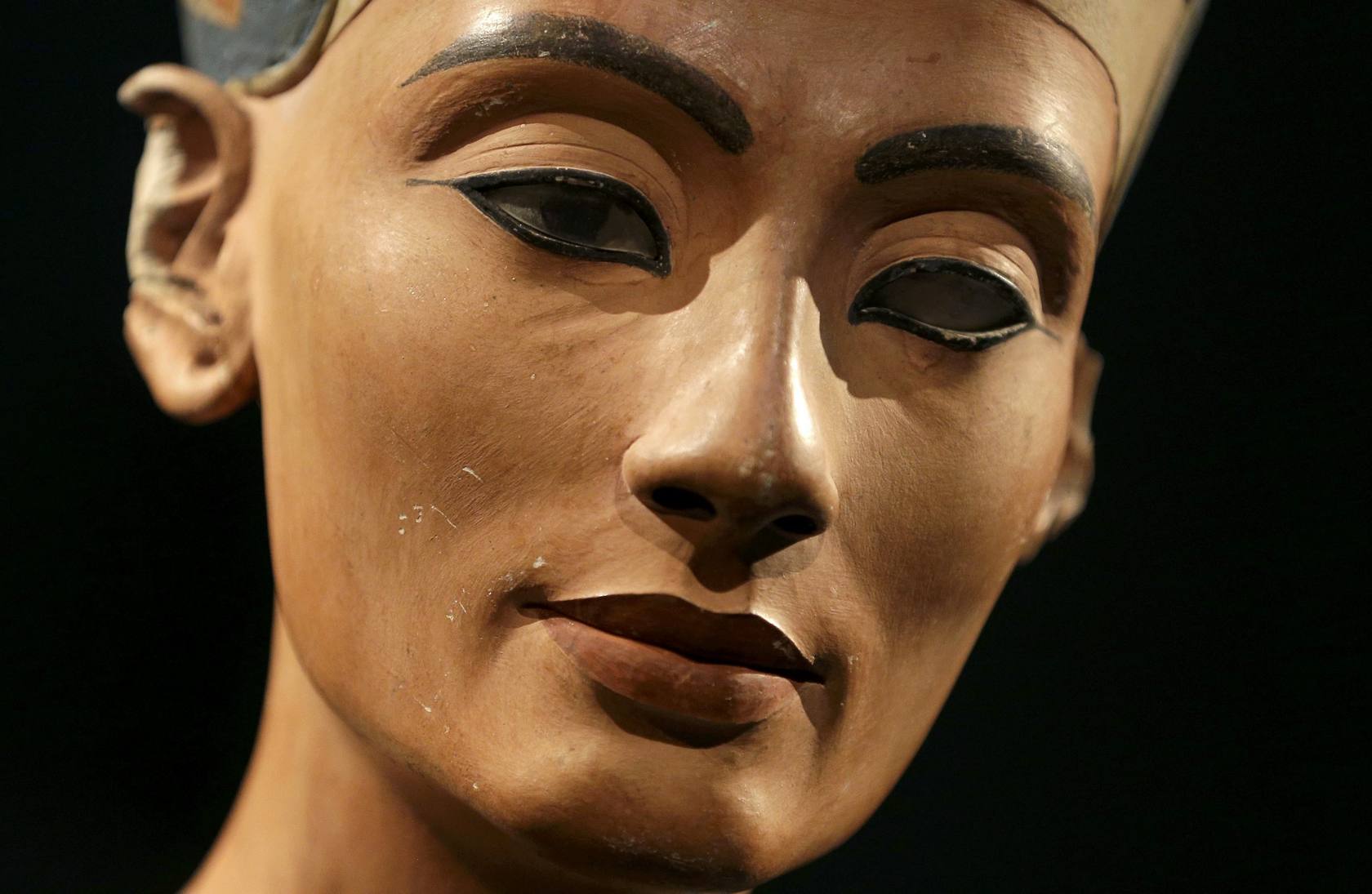“And there was that face, staring up at me. What a woman. She is so elegant.” – Sgt. Kenneth Lindsay, Monuments Man, 1945.
70 years ago today, March 6, 1945, with the Soviet armies advancing on Berlin, the iconic bust of Nefertiti was stashed for safe keeping in a German salt mine.
Nefertiti was a particular favourite of Adolf Hitler’s, and for four years had been kept, along with many of Germany’s priceless artistic treasures, inside a fortified anti-aircraft gun tower next to the Berlin Zoo.
However with the Russians advancing, she was moved 480 km southwest to an ancient salt mine beneath the Thuringian Forest. Here the Nazis had collected vast amounts of gold bullion, German currency and tonnes of irreplaceable art and artefacts from Germany’s museums, as well as looted treasures from Vienna and, sadly, personal belongings from concentration camp victims.
Nefertiti wasn’t there for very long. Two weeks later the great cache was captured by U.S. soldiers, and the queen was on the move again; within days the entire treasure was transferred to a bank vault in Frankfurt.
The Monuments Men were a group of specially commissioned art experts tasked with assessing the vast troves of priceless art. One of whom was Kenneth Lindsay who opened one of the scores of wooden crates, pulled back a sheet of black tar paper and pushed aside white spun glass used as padding to reveal Nefertiti’s famous bust: “It was so heavy. I almost broke my back lifting her out.”
Today Nefertiti is back in the Neues Museum in Berlin, where she was displayed before World War II.
